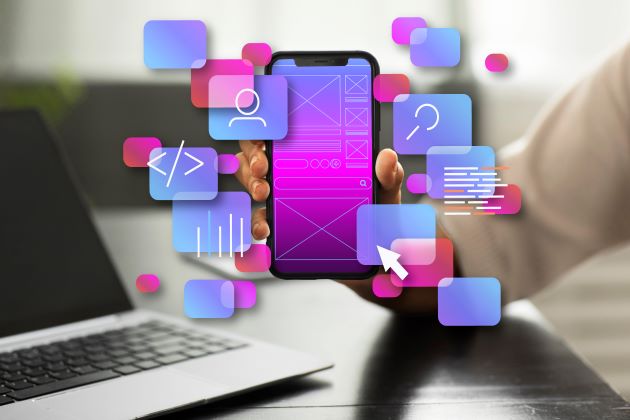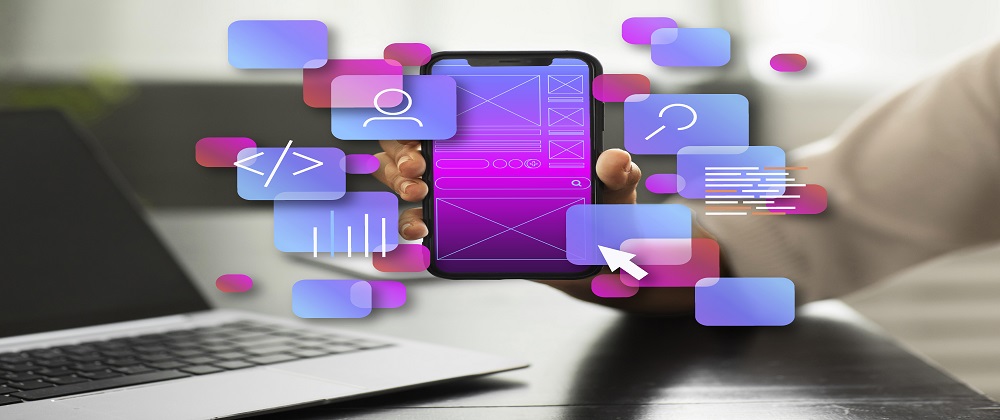How IoT is Transforming Smart Cities: The Future of Urban Living

Strong 8k brings an ultra-HD IPTV experience to your living room and your pocket.
In the past few years, smart cities have moved from futuristic concepts to a growing reality, thanks to innovative technologies like the Internet of Things (IoT). By connecting devices, systems, and infrastructure, IoT for smart cities is revolutionizing how urban areas operate. From improved energy efficiency and traffic management to enhanced public services, IoT is the key to addressing many urban challenges. But how exactly does IoT contribute to smart city development, and what does it mean for the future of city living?
In this blog, we will explore how IoT is powering the evolution of smart cities, the major benefits it offers, and some real-world examples of how IoT-driven solutions are transforming urban environments. Let's dive into the future of city living!
What Is IoT and How Does It Apply to Smart Cities?
IoT (Internet of Things) refers to a network of connected devices that communicate and share data with each other via the internet. In the context of smart cities, IoT enables city infrastructures, such as streetlights, water systems, and traffic controls, to function more efficiently by gathering real-time data. This data can then be used to optimize urban services, ensuring that cities are more sustainable, safe, and responsive to the needs of their residents.
IoT for smart cities goes beyond just connectivity; it introduces a new level of intelligence and automation into urban management. By utilizing sensors, cameras, and other connected devices, IoT can monitor everything from environmental changes to energy consumption, delivering insights that can drastically improve city services.
Key Benefits of IoT for Smart Cities
1. Enhanced Traffic and Transportation Management
One of the most pressing issues in urban environments is traffic congestion, which leads to longer commutes, more pollution, and higher levels of stress among city dwellers. IoT-powered traffic management systems are capable of monitoring traffic flow in real-time, adjusting traffic lights, and providing dynamic routing suggestions to drivers. This results in smoother traffic flow, reduced accidents, and less time spent on the road.
For example, cities like Barcelona have implemented IoT systems to manage their transportation networks, using data from connected sensors to optimize bus routes, manage parking spaces, and reduce overall congestion. These solutions not only save time but also significantly reduce CO2 emissions.
2. Improved Energy Efficiency and Sustainability
Energy management is another area where IoT for smart cities plays a transformative role. By using IoT-enabled sensors and devices, cities can monitor energy consumption in real-time, allowing for the dynamic allocation of resources. Smart grids, for example, use IoT to balance electricity supply and demand, reducing waste and lowering costs.
Many cities are also using IoT to create intelligent lighting systems that automatically adjust based on real-time environmental conditions, such as weather or time of day. This not only cuts down on energy waste but also makes cities more environmentally friendly.
3. Smarter Waste Management Solutions
Managing waste in densely populated areas can be challenging. IoT for smart cities can simplify this process by using sensors placed in waste bins that notify city officials when they are full. This system allows for optimized waste collection routes, reducing fuel usage and minimizing unnecessary trips.
Additionally, smart waste management systems can track the types of waste being collected, helping cities implement more effective recycling programs and reduce their environmental footprint.
Real-World Examples of IoT in Smart Cities
1. Singapore: A Leader in IoT for Smart Cities
Singapore is often regarded as one of the most technologically advanced cities in the world. The city-state has invested heavily in IoT to create a smart city framework that addresses challenges like transportation, energy management, and public safety. Singapore’s Smart Nation initiative uses IoT technology for everything from autonomous public transport systems to real-time environmental monitoring.
By leveraging IoT for smart cities, Singapore has reduced traffic congestion, improved its public transportation network, and enhanced public services. The use of IoT also extends to healthcare, where wearable devices track health data and send updates to medical professionals, providing better care for residents.
2. Amsterdam: Smart City Lighting
Amsterdam has embraced IoT technology in its efforts to create an energy-efficient smart city. The city has installed smart streetlights, which automatically adjust their brightness based on real-time data from weather conditions, traffic patterns, and pedestrian activity. This system not only reduces energy consumption but also improves safety for citizens.
IoT-driven street lighting systems like Amsterdam's are a clear example of how cities can use data and connectivity to optimize urban infrastructure and reduce environmental impact.
Challenges and Considerations in Implementing IoT for Smart Cities
While the potential for IoT in smart cities is enormous, there are also challenges that cities must address to ensure successful implementation.
1. Data Security and Privacy
One of the biggest concerns surrounding IoT for smart cities is data security and privacy. With millions of connected devices gathering sensitive information, the risk of cyberattacks and data breaches is high. Cities must invest in robust cybersecurity measures to protect the data collected by IoT systems and ensure the privacy of their residents.
2. Interoperability Issues
Another challenge is the interoperability of different IoT systems. Cities often rely on a mix of hardware and software from various providers, which can create compatibility issues. To fully realize the potential of IoT for smart cities, there needs to be a standardized framework that ensures all devices and systems can communicate seamlessly.
3. Cost and Infrastructure Investment
Implementing IoT infrastructure across an entire city requires significant financial investment. Cities may face budgetary constraints, especially when upgrading existing systems. However, while the initial costs can be high, the long-term benefits—such as reduced operational costs and improved efficiency—often outweigh the upfront expenditures.
The Future of IoT in Smart Cities
Looking ahead, the adoption of IoT for smart cities is expected to grow exponentially. With advancements in AI and machine learning, IoT will continue to evolve, making urban areas more intelligent and adaptive. Future applications could include fully autonomous public transport systems, advanced environmental monitoring, and even predictive maintenance for infrastructure like bridges and roads.
As IoT technology becomes more widespread, cities around the world will benefit from greater efficiency, improved sustainability, and enhanced quality of life for their citizens. The ultimate goal is to create cities that are not only smart but also resilient, sustainable, and inclusive.
Conclusion: IoT for Smart Cities is the Future of Urbanization
The integration of IoT for smart cities represents a monumental shift in how urban environments operate and serve their populations. By connecting infrastructure, optimizing services, and enhancing sustainability, IoT is paving the way for smarter, more efficient cities. From improved traffic management and energy efficiency to smarter waste solutions, the possibilities are endless.
As we continue to face urban challenges like population growth and environmental concerns, IoT-driven solutions will play a crucial role in making cities more livable and sustainable. In the coming years, the transformative impact of IoT will become even more evident as more cities around the world embrace this technology.
Note: IndiBlogHub features both user-submitted and editorial content. We do not verify third-party contributions. Read our Disclaimer and Privacy Policyfor details.





